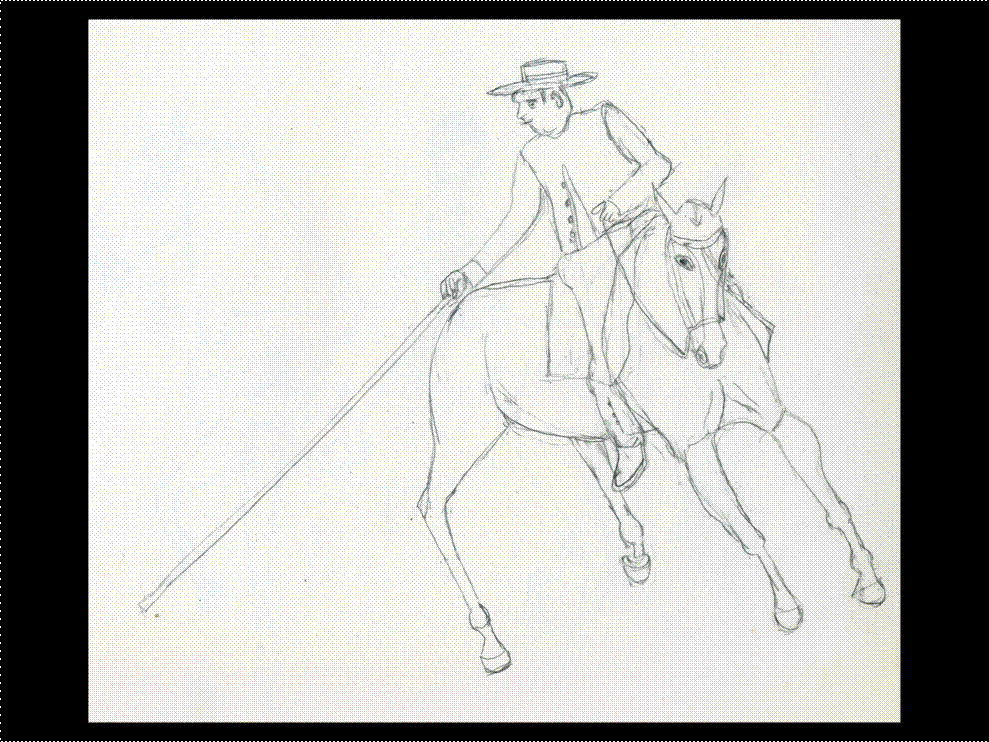This entry was posted on domingo, agosto 11th, 2013 at 13:08 and is filed under Etnopaisaje. You can follow any responses to this entry through the RSS 2.0 feed. You can leave a response, or trackback from your own site.

Una nueva partícula ayudará a crear el disco duro más pequeño del mundo.A new particle to help create the world smallest hard disk
………….
Una nueva partícula ayudará a crear el disco duro más pequeño del mundo
……
….
. A new particle to help create the world smallest hard disk
……..
……..
Etnopaisaje.com + dibujos
…..
…

.
…
Científicos alemanes afirman que una extraña partícula recién descubierta podría permitir que se reduzca el disco duro de un ordenador portátil hasta el tamaño de un cacahuete y el de un iPod hasta el de un grano de arroz
…..
……
…….
……
Científicos alemanes afirman que una extraña partícula recién descubierta podría permitir que se reduzca el disco duro de un ordenador portátil hasta el tamaño de un cacahuete y el de un iPod hasta el de un grano de arroz.
…..
……..
El artículo sobre el descubrimiento, publicado en la revista ‘Science’, asegura que la partícula, llamada skyrmion, es más estable y 100.000 veces menos ‘hambrienta’ de energía que su ‘pariente’ convencional magnética. Además de almacenar datos en medios ultracompactos, skyrmions podría operar más rápido en ordenadores que combinan el almacenamiento con la capacidad de procesamiento y marcar el comienzo de una generación de dispositivos más pequeños que tengan la misma potencia de cálculo que una máquina de escritorio.
…..
……..
En su estudio, Kristen von Bergmann y sus colegas, dirigidos por Roland Wiesendanger, de la Universidad de Hamburgo, Alemania, explican, que los campos magnéticos son la base para el almacenamiento de datos. El principio del trabajo de un campo magnético consiste en el hecho de que los electrones giran dentro de los átomos de la misma manera. Esos campos incrustados en una aleación de metal forman los bits, unidades mínimas de datos informáticos. Pero estos bits deben tener algo de espacio entre ellos para poder funcionar bien, algo que explica el tamaño de los medios de almacenamiento comunes.
……….
……..
Sin embargo, dentro de una partícula skyrmion, los electrones se mueven en diferentes direcciones, lo que evita que los campos magnéticos choquen entre sí cuando se acercan demasiado. Por ello, Von Bergmann y sus colegas fueron capaces de minimizar el espacio entre los bits skyrmion hasta sólo seis nanómetros, frente a los 25 nanómetros de distancia de separación en los mejores discos duros magnéticos.
…….
………
Para producir los skyrmions, los investigadores pusieron una película de dos átomos de paladio y hierro en un campo magnético y la enfriaron a casi el cero absoluto. Inmediatamente, los skyrmions aparecieron en la película.
…..
………
Lo que más anima a los científicos es el hecho de que para la construcción de estos innovadores discos no es necesario usar ninguna sustancia exótica. «Es emocionante que solo utilizan materiales relativamente convencionales», dijo Ulrich Rössler, un físico del Instituto Leibniz de Investigación en Materiales y Estado Sólido de Dresde, Alemania.
……….
……
Ahora que los científicos han demostrado que es posible leer y escribir datos utilizando skyrmions, el siguiente paso será hacer un dispositivo de almacenamiento de datos. Según Von Bergmann, lo fundamental para esto será encontrar los materiales que puedan conservar a los skyrmions a temperatura ambiente.
…..
…..
.
….
German scientists say they recently discovered a strange particle could allow to reduce the hard drive of a laptop up to the size of a peanut and an iPod to a grain of rice.
…………
Article on the discovery, published in the journal ‘Science’, ensures that the particle, called skyrmion, is more stable and 100,000 times less ‘hungry’ power than its conventional magnetic ‘relative’. In addition to storing data in ultra-compact media, skyrmions could operate faster on computers that combine the storage with the processing power and usher in a generation of smaller devices that have the same power of calculation than a desktop machine.
…………..
In their study, Kristen von Bergmann and his colleagues, led by Roland Wiesendanger, of the University of Hamburg, Germany, they explain, that the magnetic fields are the basis for data storage. The principle of a magnetic field work consists in the fact that electrons revolve within the atoms in the same way. Those fields embedded in a metal alloy form bits, minimum units of computer data. But these bits must have some space between them to be able to work well, something which explains the size of the common storage media.
……………
However, within a particle skyrmion, the electrons move in different directions, which avoids that magnetic fields slamming each other when they approach too. For this reason, Von Bergmann and his colleagues were able to minimize the space between the bits skyrmion until just six nanometers, compared the 25 nanometers in distance on the best magnetic hard drives.
…………
To produce the skyrmions, researchers put a film of two atoms of iron and Palladium in a magnetic field and cooled to nearly absolute zero. Immediately, the skyrmions appeared in the film
………..
What most encourages scientists is the fact that for the construction of these innovative discs do not need use any exotic substance. «It is exciting that only relatively conventional materials they used,» said Ulrich Rössler, a physicist of the Leibniz Institute of research materials and solid state of Dresden, Germany.
…………..
Now that scientists have shown that it is possible to read and write data using skyrmions, the next step will be to make a data storage device. According to Von Bergmann, basics for this will be to find materials that can keep the skyrmions at room temperature.
………